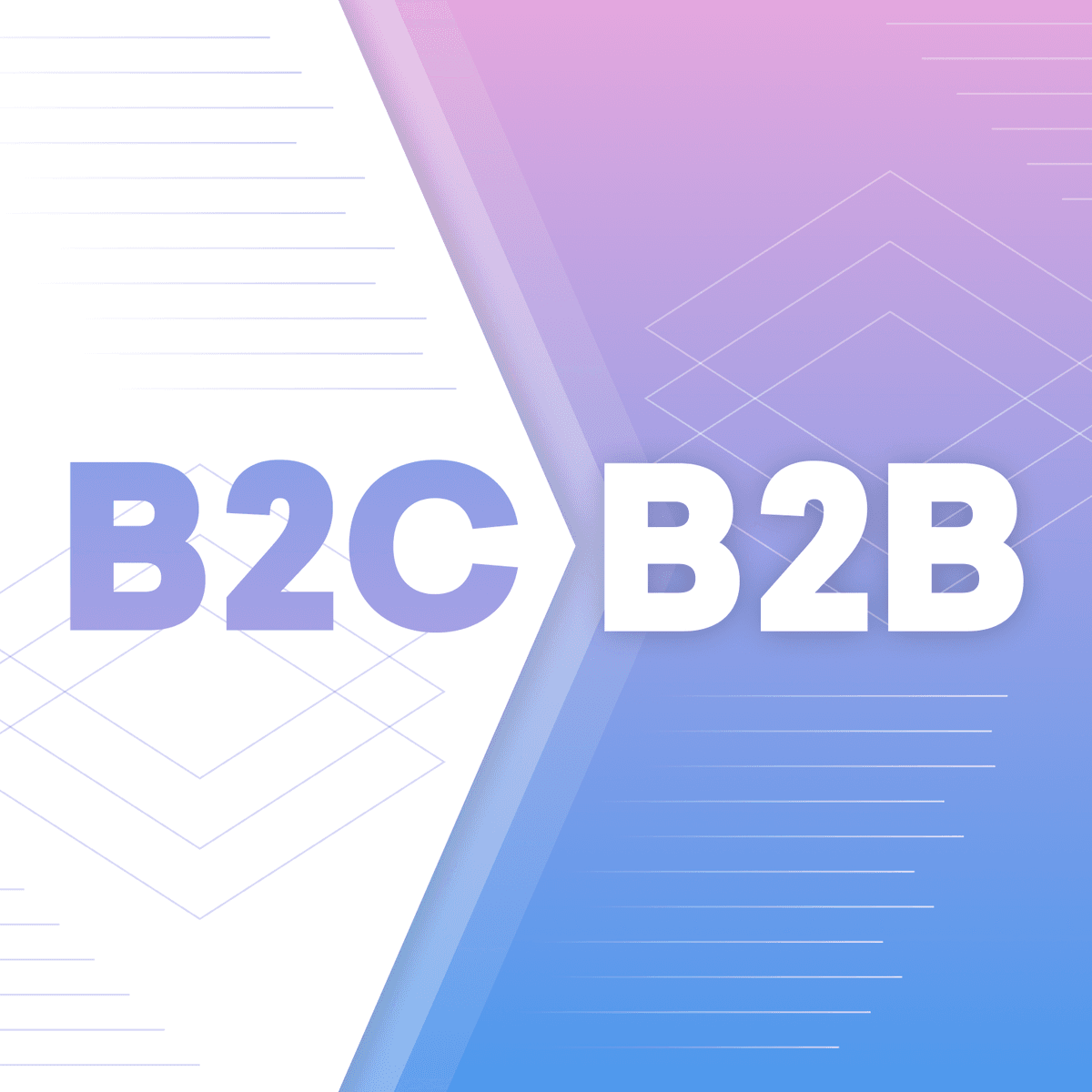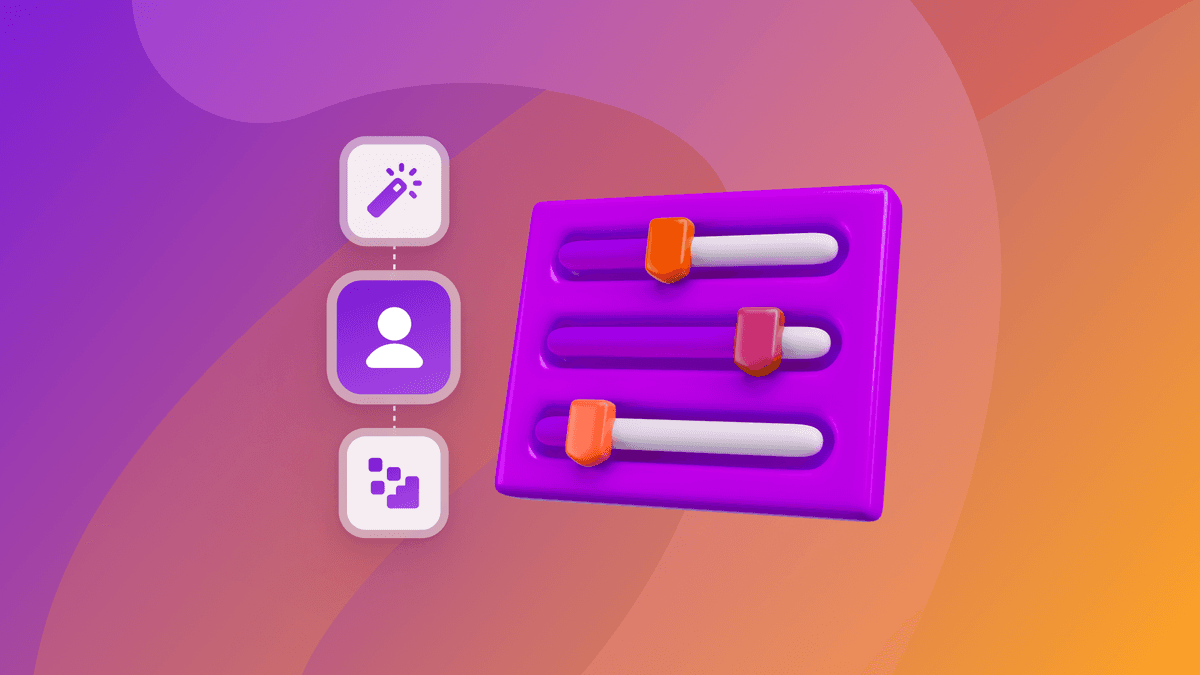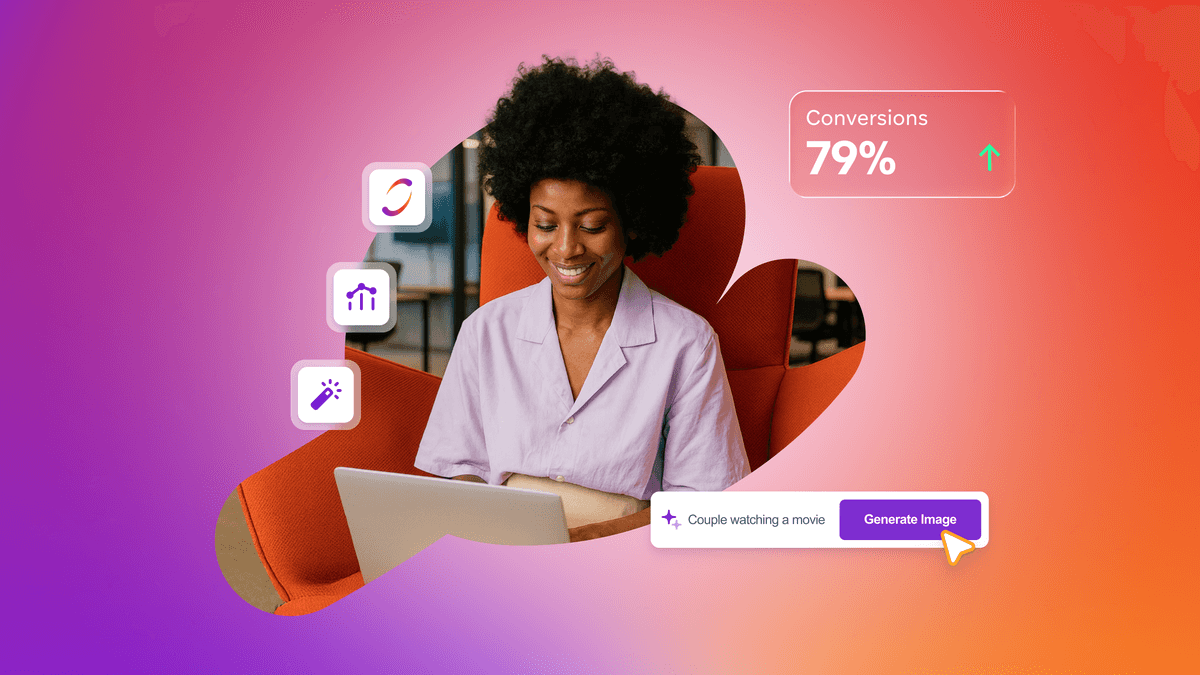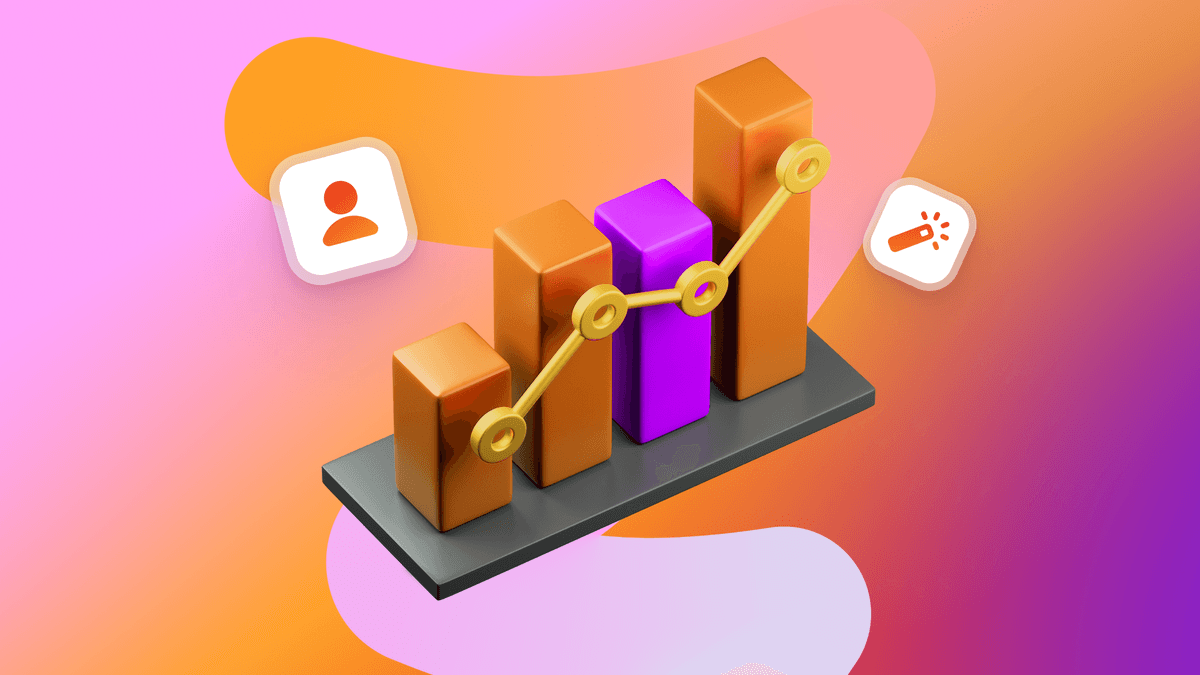From B2C Research to B2B Research: My UX Journey
Published on January 10, 2023/Last edited on January 10, 2023/8 min read

Linda Nguyen
When I first joined Braze at the beginning of this year, I only had vague notions about what it would be like transitioning from the B2C world that I'd spent most of my career working in and embracing the new-to-me world of B2B. I'm a pretty logical, process-driven person, so it was a little strange to have to wonder about the ways in which my day-to-day research process would have to change and adapt in connection with this shift. I actually spent a not-insignificant amount of time looking up articles about B2B research, but it was hard to know what was ahead of me; mostly, I was hopeful that it would be more challenging and more rewarding.
In light of all that research, I wanted to take the time now to provide some insight to others who might find themselves in the same position that I was in. Accordingly, let's talk through the three main things I've learned about B2B research during my time at Braze.
1. You’re probably not going to fully understand all the idiosyncrasies of your product after a day…or a week…or a month
During my time as a UX researcher, I’ve had the opportunity to be on both sides of the onboarding process—both as the person taking in all the information and as someone contributing to building out the onboarding process for my team. It’s a rare opportunity, and one that gives you a lot of perspective around what it takes to succeed in the B2B space.
One of the first pieces of advice that new B2C UX researchers will usually get is to take a couple of weeks and learn how to use their new company’s product. But when I moved into the B2B world, I quickly realized that Braze—and many other software as a service (SaaS) products—was inherently a complex tool and not something you could master in a week or so.
That complexity makes it possible to achieve a wide array of use cases and outcomes, but it’s also the reason that Braze provides blog posts and documentation and eLearning courses to help our customers learn how to make the most of our platform. Speaking for myself, it’s definitely been a process to learn all the different details and nuances that make Braze such a valuable tool in the hands of our customers.
At Braze, our UX researchers operate within a semi-embedded model, where we sit on multiple teams that focus on similar/complementary areas of the Braze product. Given this approach, I’ve found that it works best to focus on the product areas I support and build out subject matter expertise and customer empathy in those particular areas, instead of trying to dive fully into every single thing that Braze can do as a platform.
2. Make sure you account for your users’ specialized skill sets and knowledge
“You are not your users” is a mantra that you’ll hear everywhere in the world of UX research. It’s tempting to try to extrapolate from your own experience, but doing so can undermine the impact of your work. It’s one of the key things that you keep in mind when having conversations with stakeholders in connection with user research.
This mantra is particularly true when it comes to B2B research. With Braze, for instance, our customers have so many different roles that interact with various aspects of our product—from engineers to marketers to data scientists and beyond—and those different roles often come with very different perspectives. One reason that it’s so challenging to just try to understand the entirety of the product all at once is that there’s so much context and subject matter knowledge that goes into truly understanding how the Braze platform is being used.
In the B2C research world, people often default to examining the general population of users (or, in some cases, the general population that performs a particular behavior). But the interesting thing about Braze users is that they possess a lot of knowledge related to their job roles and functions that the general public wouldn’t necessarily know or understand, making them both a fascinating and challenging group to learn from.
What does that look like in practice? One of the projects I’m working on requires me to better understand the developer experience when it comes to Braze APIs. In order to ask questions about the experience, I had to actually go in and understand broadly what an API is and how and when they might be used as well as familiarize myself with the Braze platform’s APIs and specifics around how APIs work—for example, synchronous versus asynchronous APIs. In preparation for this research project, I also mapped out how data comes into Braze and where the API and the SDK might come into place.
Maybe it’s because my background includes time spent studying psychology and human behavior, but I often find getting to learn from and talking to customers with these kinds of specialized knowledge to be incredibly rewarding. Make no mistake—this is work and can be really challenging, but because it pushes me to get outside my comfort zone, I find myself learning new things and building new competencies as I prepare research studies. (I’m definitely getting closer to understanding what an API is and how they work, anyway…)
3. B2B recruitment is more involved—and getting enough subjects for quantitative research can be a challenge
When I worked in B2C research, we were able to leverage different user testing tools to help us recruit participants quickly and effectively. Having that sort of consistent and easy access to participants had a huge positive impact on my ability learn UX research at the beginning of my career and did a lot to help me develop empathy for our customers (because when you hear a dozen people telling you exactly what’s wrong with your product, you definitely come away with a good idea of their pain points.
But while I never ran into recruitment issues in B2C, the situation is different for B2B brands. In the B2B space, recruitment tends to take up a significant part of the research process and it’s normal for it to take several weeks to identify customers, communicate with them, and schedule time with them, compared to as little as a couple days for B2C. In addition, B2B brands have to do extra work to ensure that they’re sampling from a diverse mix of customers. Participant management is key and integral to the research operations that our team has to think about; among other things, we make an effort to be considerate by not over-recruiting customers or having multiple teams speak to the same people. And while some user research tools are available to use, finding individuals with the background and subject matter expertise we need often limits or impacts what tools we can use to do this important work.
The other key difference between B2B and B2C research? B2B brands see more difficulty when it comes to conducting quantitative research. The sample size often just isn’t there for even simple group comparisons, to say nothing of more complicated approaches like MaxDiff or conjoint analyses. On my team we currently tend to limit our quantitative data collection to our NPS (net promoter score) and CSAT (customer satisfaction) surveys with the occasional longer form survey that requires more incentives and more consistent effort to get customers to answer. We’ve also had some luck doing some basic tree testing research, but overall quantitative UX research methods such as surveys are not a tool we can consistently leverage. For quantitative measurements, we rely more on behavioral data that is tracked through the Braze platform using custom events—our product analyst counterparts are key to this approach.
That’s not to say there aren’t any ways to dig deeper in quantitative UX research specifically, but I feel like I’m still working out how best to leverage more quant research given limited sample sizes in my own work—so if you have suggestions, I’d love to hear them!
Final Thoughts
While it’s no surprise that UX research is a bit different in the B2C and B2B worlds, the extent of those differences is really striking when you first make the transition. Even now, I still feel like I’m getting a better understanding of how to navigate this new space and finding ways to bring the expertise I developed as a B2C UX researcher into the B2B space. To my fellow B2B UX Researchers, if you have any other lessons you’d like to share, please reach out to me at [email protected]—I’d love to hear from you!
Interested in working at a B2B SaaS company? Check out our careers page to learn more about Braze and see our open roles.
Related Tags
Be Absolutely Engaging.™
Sign up for regular updates from Braze.
Related Content
View the Blog
How behavioral marketing turns data into personalized experiences

Team Braze

Are you AI-savvy enough to survive? A wake-up call for CMOs

Team Braze

What are contextual bandits? The AI behind smarter, real-time personalization
